The Fundamentals of Making Quinoa
Quinoa is one of my favorite staple foods. It's one of those things that you can throw together in an hour and eat throughout the rest of the week. I routinely make it for salads, alongside eggs, in burritos, and with curry. As much as I'm obsessed with it? Some people don't share my fondness! Largely because it just isn't quite as popular as other grains and legumes or because people simply don't know how to make quinoa. My preferred method is rice cooker quinoa. It's incredibly versatile and just as quick and easy.
I can't even remember how I started cooking with quinoa. It's just as easy as dropping into a rice cooker and far more flavorful and nutritious. Quinoa is often heralded as a "super food." But this is really just a marketing gimmick used to sell overpriced bowls of vegetables and fruit smoothies. It has no real world definition or classification that "health foods" fall into.
I'm really not fond of this terminology at all. I don't eat anything because it's "supposed to be good for you." Rather, I try my best to eat foods that are... well, actually foods! And then make something delicious from there.
Luckily, quinoa is both incredibly flavorful and nutritious! There's almost a decadence about it that never feels like you're sacrificing anything. Especially when combining royal quinoa with freshly grilled salmon or tofu steaks.
While no single food can supply all the essential life sustaining nutrients, quinoa comes as close as any other in the plant or animal kingdom.
White, Alvistur, Dias, Viñas, White, and Collazos's "Nutritive Values of Crops, Nutrient Content and Protein Quality of Quinoa and Cañihua"
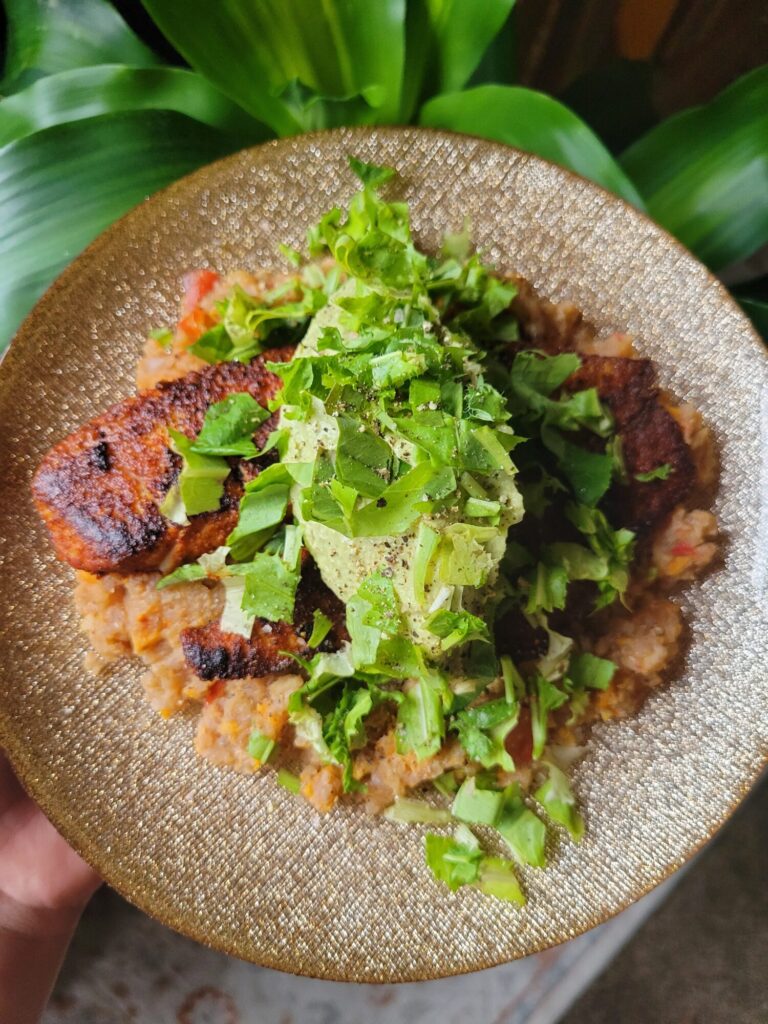

What IS Quinoa?
Is it a grain? A legume? One of those vegan superfoods that no one really knows how to cook??
Contrary to popular belief, quinoa is not a grain. Grains, like oats and barley, are cultivated from the seeds of grasses. Whereas quinoa is the seed of goosefoot plants. While these are both seeds, they're not the same kind of seeds, taxonomically speaking. Quinoa more closely related to spinach and beets than it is to true grains. Although they are both gluten free, cooked in the same way, and share a common ancestor, quinoa is more like a fourth cousins to oats. They have same great, great, great grandparents. If you want to get scientific about it, they're both Magnoliophyta and of the flowering plant division, but diverge into Liliopsida (the monocotyledons class) and Magnoliopsida (dicotyledons class).
This means that quinoa isn't technically a "whole grain." More often it's considered a "pseudo-cereal." It contains all of the same nutrients of a whole grain, without being one (Everyday Health's "Is Quinoa Good for You? Everything You Need to Know About the Superfood").
More specifically, quinoa is produced from the Chenopodium quinoa plant and originated in the Andean regions of South America. It's also fun because you can tell that it's a seed. When it cooks, there's a little tail that separates. This gives quinoa it's quintessential tadpole look. But the tail is really just the germ of the seed separating.
Quinoa is also low in fat and a good sources of protein, fiber, iron, magnesium, and vitamin B. During the last decade it's had a resurgence as a more nutritious rice substitute or gluten free and kosher alternative.

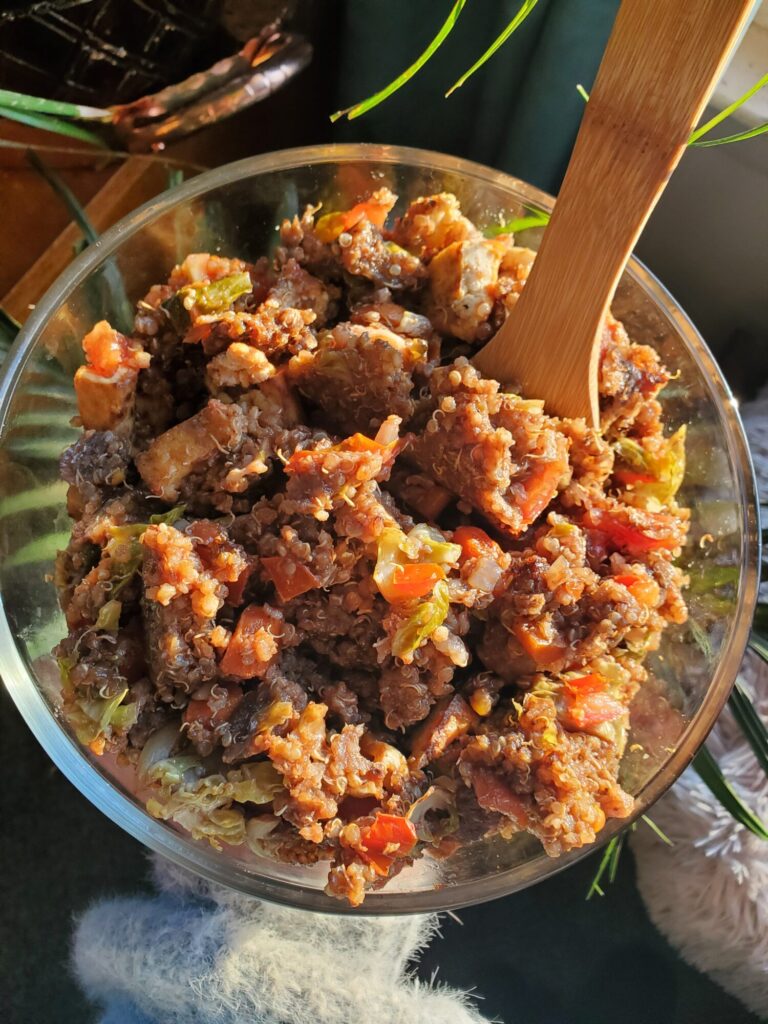
How Do You Pronounce Quinoa?
Quinoa is an easy thing to pronounce wrong. In the English language, we don't oftentimes come across many words that start with a Q at all, let alone ones with quite so many consecutive vowels! Quinoa was originally cultivated by the people Quechua in the Andes. This means that the Latin American food's pronunciation has Spanish origins.
I've known people who struggle not to try and pronounce quinoa with a French or Japanese accent. And I'm guilty of this too sometimes, myself. I tend to pronounce it keen-oh-ah (much like Jason Mamoa). It's actually pronounced keen-waa, though. With two slowly spoken syllables.
You can hear someone pronounce it properly here: Julien Miquel's How to Pronounce Quinoa? (CORRECTLY).
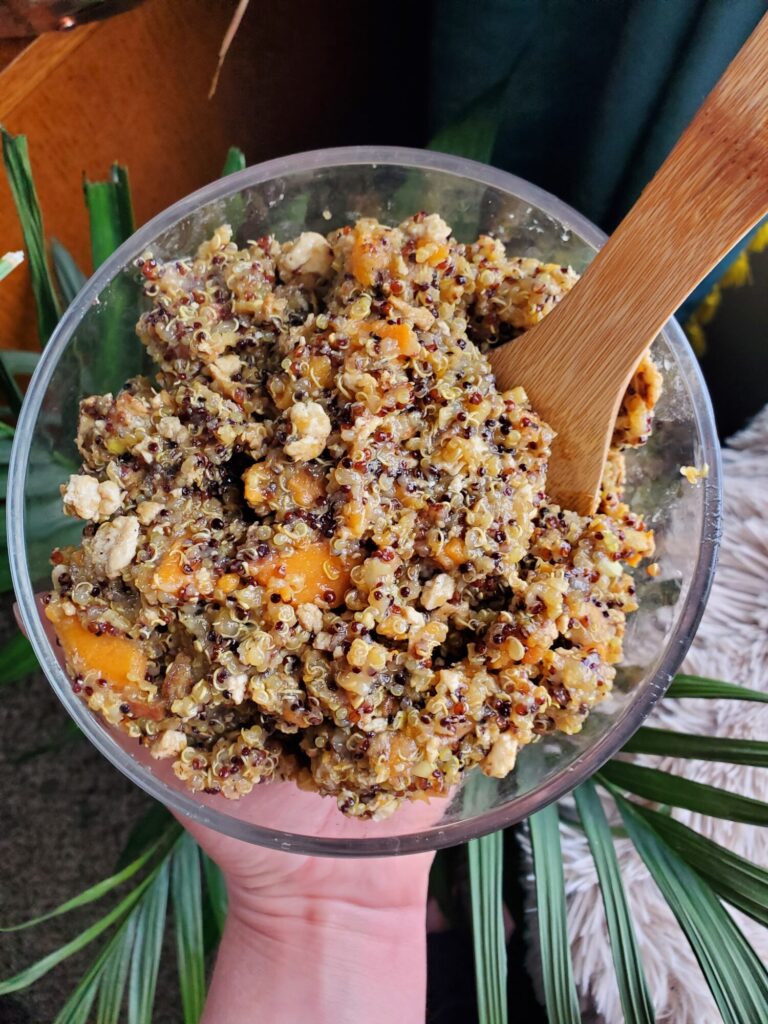
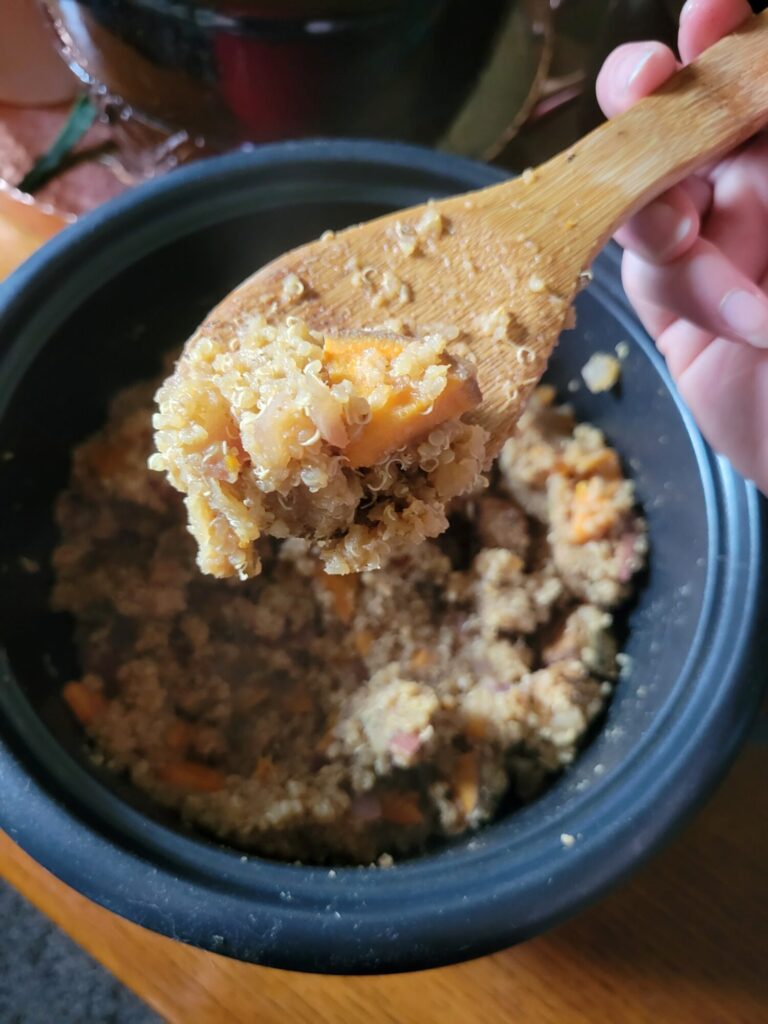
Kinds of Quinoa
Quinoa comes in over 120 different varieties of quinoa. These are generally broken down by 3 main colors: white, red, and black.
A lot of the times the different varieties of quinoa are largely interchangeable, though. There are numerous subsections and categorizations of these types of quinoa. But there really isn't a large taste difference and I've never found there to be any cooking accommodations between the varieties.
All quinoa varieties tends to have a slight nuttiness about them. Red and black quinoa have a more earthy and hold their shape slightly better than white quinoa. Some people even claim that they need a couple more minutes to cook than white varieties. But most people decide what quinoa to use based predominantly off of aesthetics!
Bob Moore, the CEO of Bob's Red Mill, one of my favorite distributors of quinoa based out of Oregon, once said in an interview that:
There is no significant difference between red and golden quinoa. Both offer the same high quality nutrition and nutty, earthy flavor... I find the red quinoa particularly appealing for its vibrant color, which makes a beautiful bed for proteins and contrasts nicely with green vegetables.
Kitch's "What’s the Difference Between Red and White Quinoa?"
I tend to choose which variety of quinoa for a particular dish depending on both taste and color. I prefer a red or tri-color quinoa for earthier and more robust dishes. While, I'll use white quinoa more as a rice substitute with milder dishes.
White Quinoa
White quinoa is often called yellow, golden, or ivory quinoa. Sometimes it's the only variety available in stores and just characterized as "quinoa." For whatever reason, my local grocery store almost always has royal quinoa and I end up with this a lot because of that.
Despite the fact that there are different types of quinoa, they're more often lumped into different colors, rather than varieties. Occasionally you'll see a "royal quinoa" and wonder whether or not this is just a marketing gimmick? There is technically a difference between royal and more conventional types of quinoa. You can't really tell any taste difference between these, though. And I would generally balk at any significant price difference! The less expensive variety is usually indistinguishable from the more expensive moniker.
Some people like to maintain that white quinoa is lighter and fluffier than it's colored counterparts. I do think that there is a slight taste difference here, but it is only slight. And it might be more of a self fulfilling prophesy where you see a lighter hue and assume that it has a lighter profile.
I will sometimes use red, black, or tri-colored quinoa when I'm looking for a more robust flavor profile. Although, with my eyes closed, I don't have the highest certainly that I would actually be able to distinguish between the them all!
Red Quinoa
Red quinoa is the rouge tinted version of quinoa. It's sometimes thought of as keeping its shape better than white quinoa and possibly having a nuttier flavor or longer cook time. It has a great bright color, though, and pairs incredibly well aesthetically with fruits and vegetables.
Black Quinoa
Black quinoa isn't actually entirely black. While it does tend to have a much darker hue, it usually isn't as homogenous as the name would suggest and really encompasses a wide variety of darker colored quinoa. It maintains this color when cooked and makes for a fun addition.
If there's any differentiation between types of white and red quinoa, there is no distinguishable difference between red and black. I doubt that a color blind person would be able to pick them out.
Tri-color Quinoa
Tri-color, sometimes called rainbow, quinoa isn't actually a variety of its own. It's just every main color of quinoa mixed together. It gives a nice balance when you're not quite looking for one variety in particular.
You'll also find "not quite tri-color quinoa," which is typically just red quinoa and white quinoa.
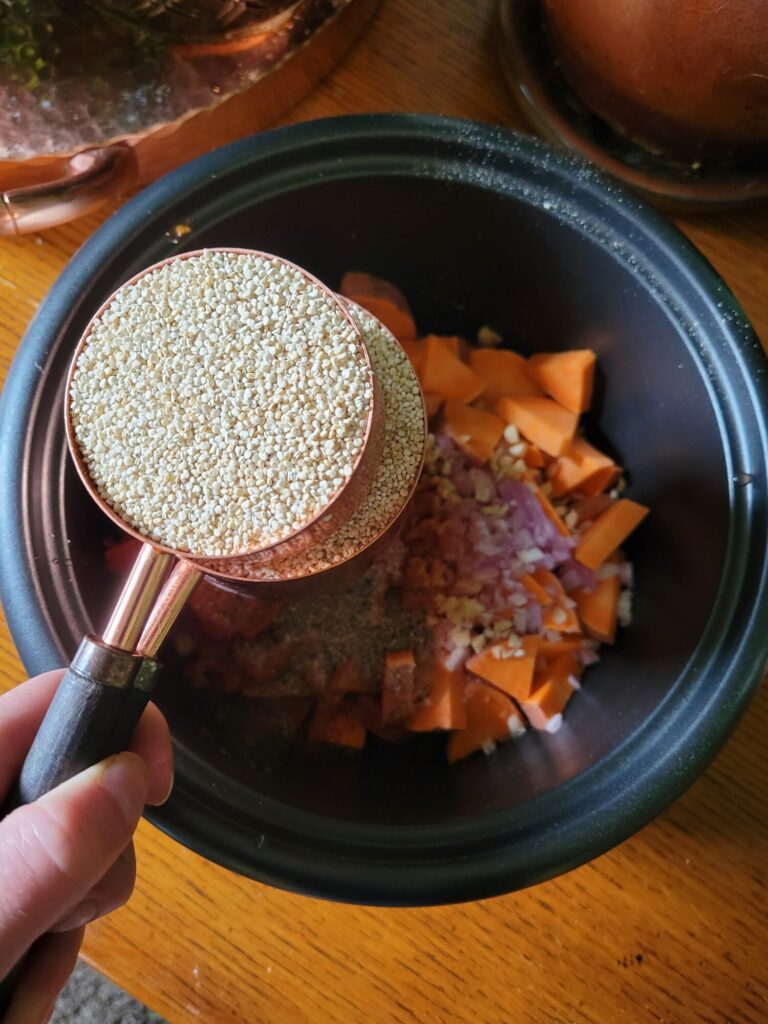

Do You Need to Rinse Quinoa?
There is this longstanding belief that you need to rinse quinoa. Just like you need to rinse rice or lentils or any type of grain, seed, or legume.
There is some truth to this. Quinoa can be bitter if not rinsed because of saponin, a natural coating that deters birds from consuming it (The Spruce Eats, "Why Does My Quinoa Taste Bitter and How Do I Fix It?").
However, manufactured quinoa is pre-rinsed before it's packaged. You really only risk this problem if you get quinoa fresh from the farm. And, even then, you're probably still in the clear! People don't tend to buy produce that looks like it once touched dirt. So, farmers tend to spend an inordinate amount of time washing, scrubbing, and weeding through all of their products to make sure that dirt, bugs, rocks, and other debris doesn't end up in what you take home.
Unless you grow it pick produce yourself, you'd be pretty hard pressed to ever find unwashed food products. In a lot of places it's strictly regulated and you can't legally sell anything that hasn't been washed.
Quinoa is no exception. So, stop thinking that you have to wash it! It's already been washed. Probably several times. And as much as people want to tell you that you need to search through it for dirt, rocks, and other debris. When have you ever found this to actually be a problem?? Obviously pick through it if you do find anything that is not food. But I would be more surprised by this than to think of it as the norm.
In some dishes soaking is recommended, but that also isn't necessary and is on more of a case-by-case basis.


How to Cook Quinoa
There are several ways to cook quinoa. By far the easiest is a rice cooker quinoa. This is my preferred method and I almost never make quinoa in any other way! Although you can make it on the stovetop.
Rice Cooker Quinoa
You very simply put quinoa in a rice cooker with double the amount of water. While quinoa is not rice, it does cook the same and oftentimes better than rice in a rice cooker. It typically takes 30-45 minutes. Rice cooker quinoa is my go-to because of how quick and easy it is.
I make all of my quinoa in a rice cooker. It's by far my preferred method. Although I do typically add diced sweet potatoes. In this case, triple the amount of water, instead of doubling it, so that there's enough water to also cook the potatoes.
Stovetop Quinoa
Alternatively you can simmer on the stove. Add all of the ingredients to a pot, bring uncovered to a boil, lower heat to a simmer, and cook for about 15 minutes, or until the sweet potatoes and quinoa are tender. Turn off heat, add lid, and let sit another 5-10 minutes.
You don't strictly need to let quinoa fluff. This is one of those takeovers from steaming rice that I apply to other things. I feel like it helps, though. Particularly when you're not quite sure if it's done cooking or not. Adding those few extra minutes just gives you the extra guarantee that everything has cooked properly.
Variations of Quinoa
You can check out all of my Recipes Involving Quinoa. Although these are some of my favorites that I've been making lately and highly recommend. As always, though, I like to hope that my recipes serve as a jumping off point. They go to show how much you can mix and match ingredients to make it your own. I change what I put into quinoa greatly depending on what I have on hand or what flavor profiles I'm looking to play up at the time. So, absolutely feel free to cater these basic recipes to your own personal culinary preferences.
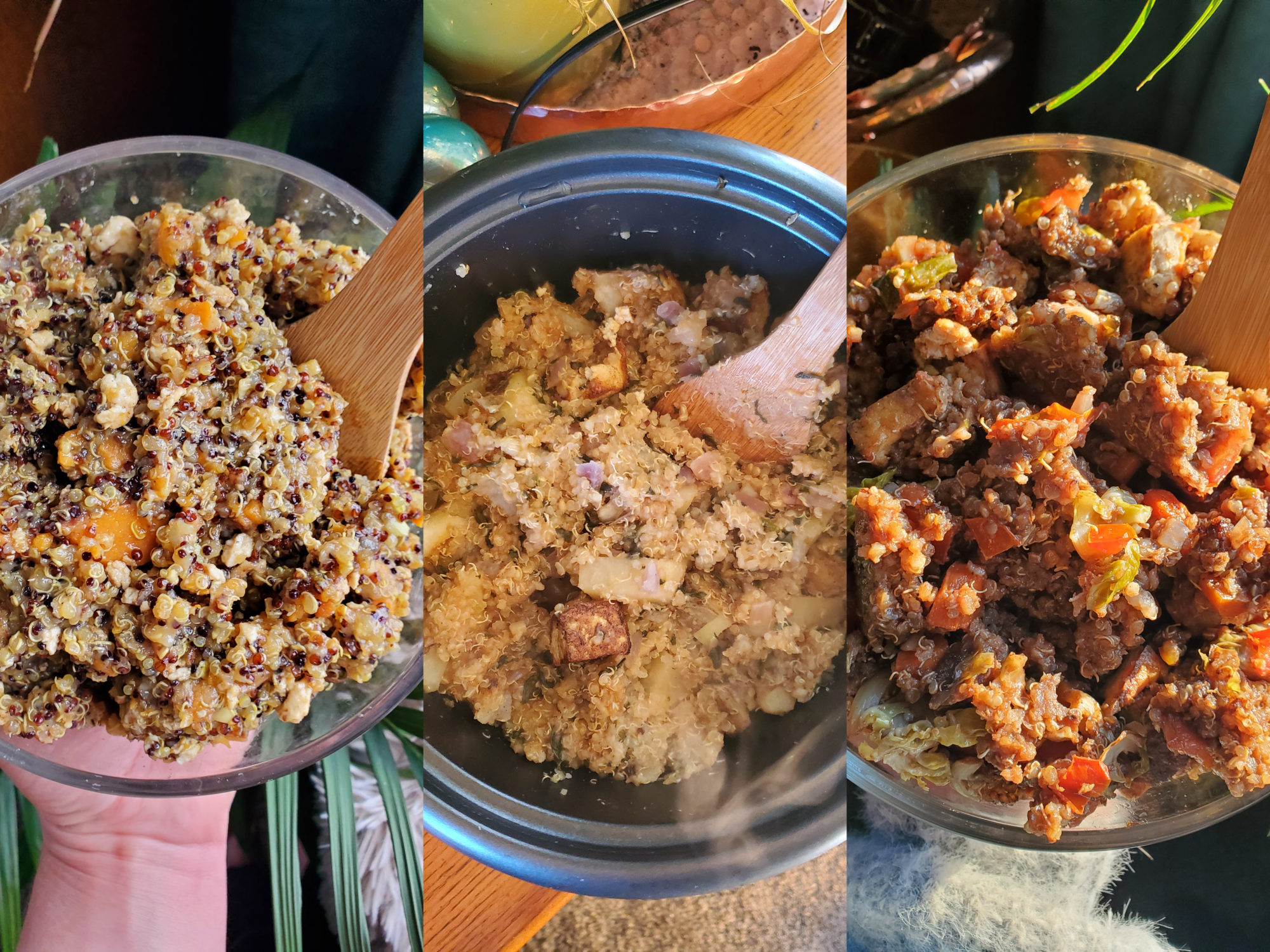

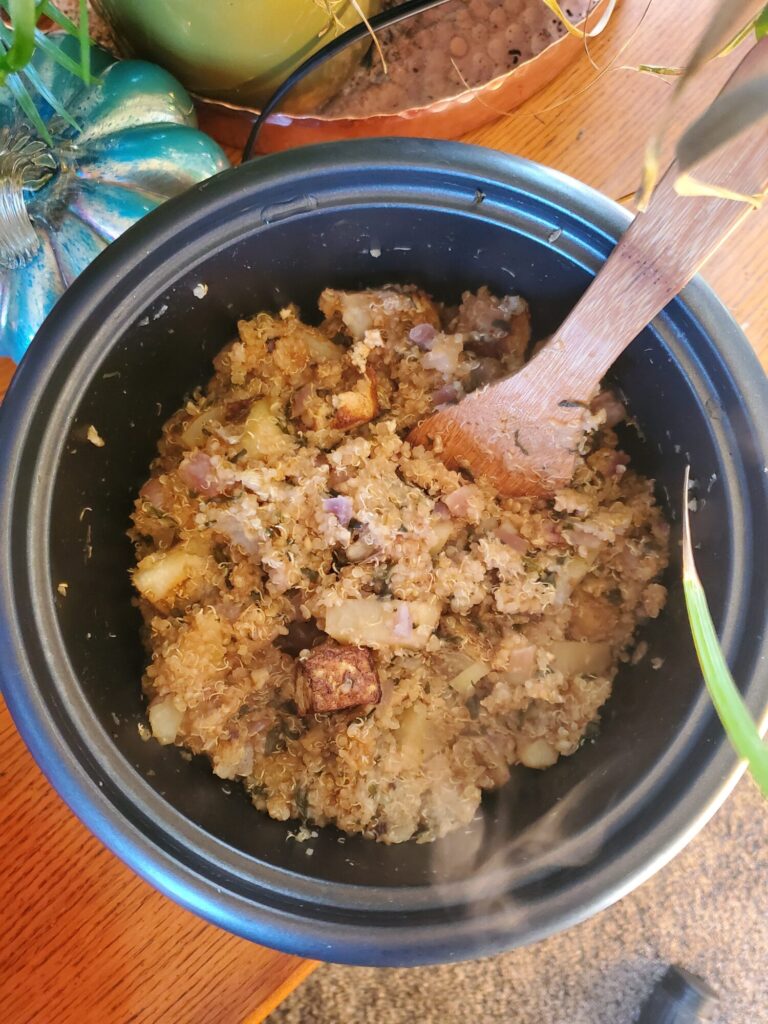
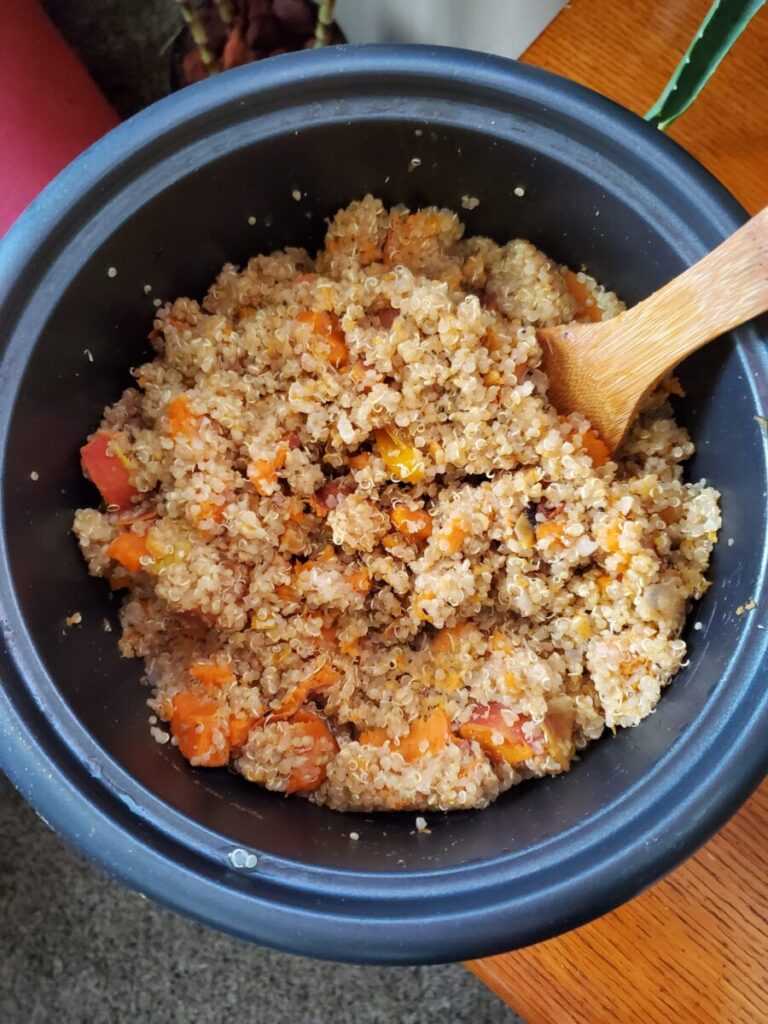
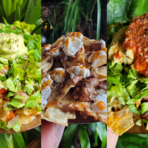

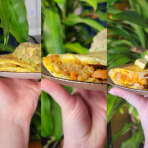
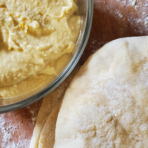


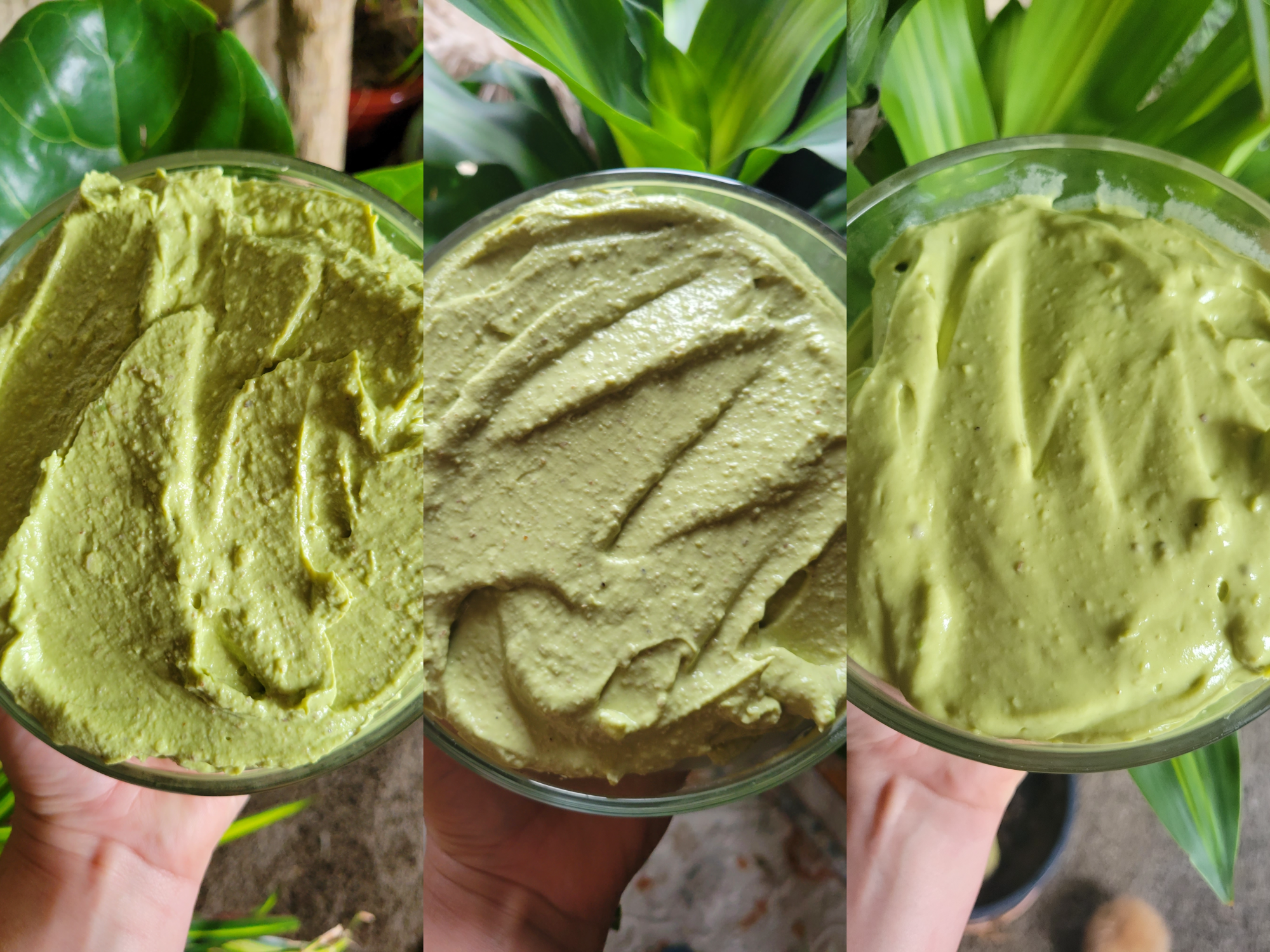

Leave a Reply